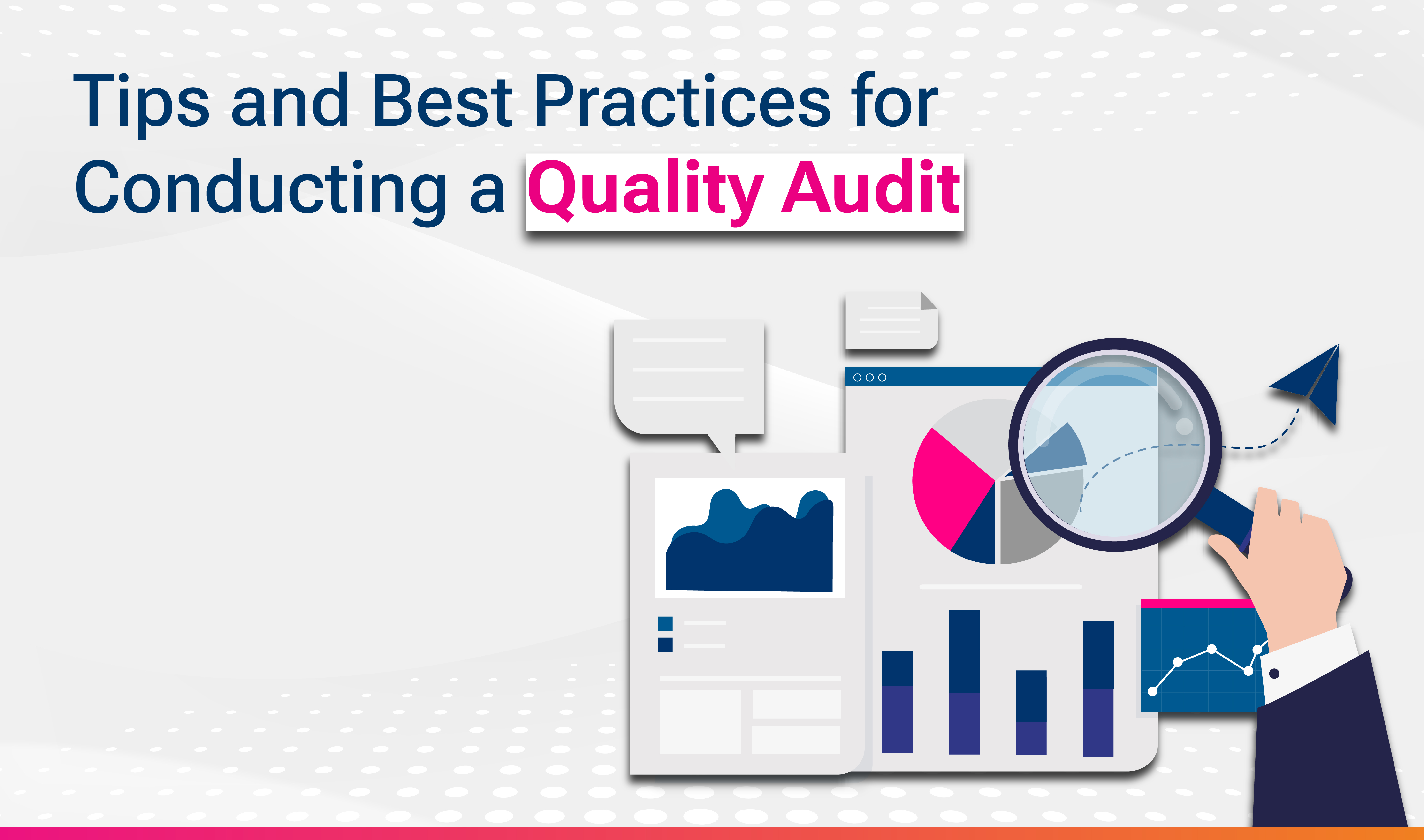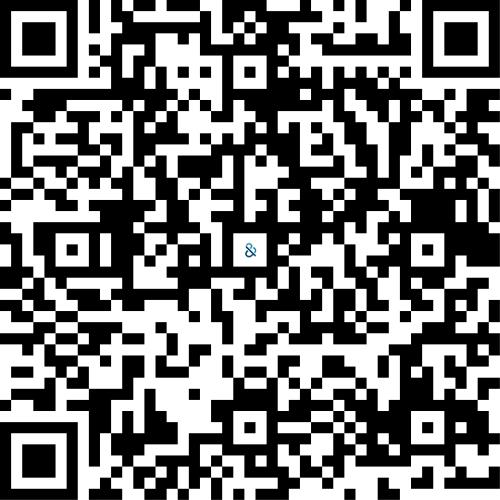Blogs
Services
Tips and Best Practices for Conducting a Quality Audit
Aug. 18, 2025

Quality audits are more than just ticking off a checklist. They are a safeguard for your business reputation. It helps review processes, identify gaps, and ensure compliance with standards. It works in making the organization reliable and competitive.
However, creating audits using traditional audit methods can feel burdensome. These old methods can be slow, error-prone, and hard to manage.
Luckily, technology has made it easier to handle the auditing challenges. This is where Quality Audit Software comes in. Using this can make a real difference in your audits.
It helps businesses streamline data collection, improve accuracy, and save valuable time. Moreover, when paired with the right strategies, conducting quality audits becomes less about finding faults and more about driving performance and continuous improvement.
In this blog, we will look into essential tips and best practices to make your quality audits effective and hassle-free.
Why Quality Audits Are Critical for Businesses?
Here are the reasons why quality audits are not an option, but a necessity:
- Ensure consistency: It allows businesses verify whether every process delivers the same level of quality customers expect.
- Identify inefficiencies early: Regular audits highlight minor issues before they grow into costly problems.
- Maintain compliance with standards and regulations: A structured audit let businesses meet industry certifications and avoid penalties.
- Strengthen customer trust and brand reputation: It helps ensure reliable processes to improve customer satisfaction and credibility.
- Support continuous improvement: Businesses gain valuable insights that guide better decision-making and long-term growth.
- Leverage expert support when needed: Using quality control audit services can add professional oversight and ensure unbiased results.
Common Challenges in Conducting Quality Audits
Here are the common challenges in conducting manual quality audits using traditional methods.
- Manual processes slow things down: Paper-based audits or spreadsheets make data collection and reporting time-consuming.
- Errors and inconsistencies: Without using standardized quality audit management software, audits may overlook issues or produce inaccurate findings.
- Poor record-keeping: Missing or scattered documentation makes it difficult to trace problems and track improvements.
- Lack of real-time visibility: Managers often do not have instant access to audit data without Quality Auditing Software.
- Limited standardization: Different audit teams may follow different methods, resulting in inconsistent outcomes.
- Resource constraints: Organizations may lack trained auditors or struggle to dedicate time to thorough inspections.
Why a Robust Quality Audit Management System Matters?
A quality audit management system is critical for improving the overall performance of business as it helps maintaining consistency and meeting regulatory requirements.
It allows you to centralizes audit planning, execution, and reporting in one place, instead of relying on scattered records or manual methods. Moreover, this not only saves time but also ensures accuracy and transparency.
Including quality audit software can mean a lot to a business, as it help gain real-time visibility into everything from compliance gaps to streamline corrective actions, and eventually make informed decisions.
Key Tips and Best Practices for a Successful Quality Audit
Plan and Define Clear Objectives
Conclusion
This is where Quality Audit Software comes in. Using this can make a real difference in your audits.
